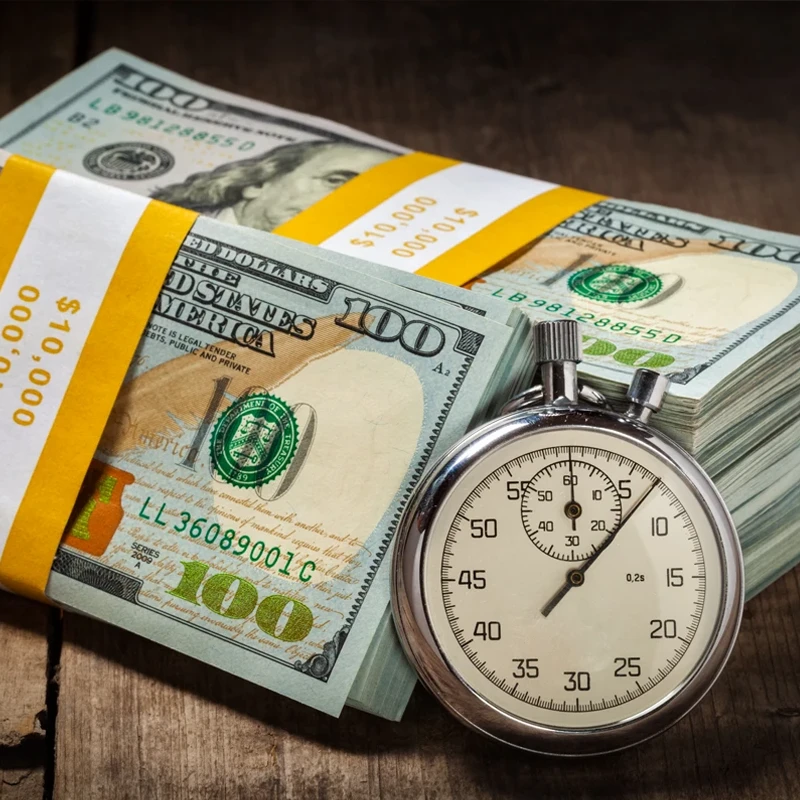In uncertain times, having an emergency fund is more than a financial buffer—it’s a necessity. An emergency fund is a dedicated bank account set aside to cover unexpected expenses such as medical bills, home repairs, or sudden job loss. Ideally, it should cover three to six months of living expenses, but starting one can seem daunting. Here are actionable strategies to build your emergency fund quickly and efficiently.
Set a Clear Target
Start by determining how much you need to save. A good rule of thumb is to aim for three to six months’ worth of expenses. Break this down into manageable targets, such as the first $1,000, then build from there. Setting clear, achievable goals helps keep you motivated.
Automate Your Savings
Automating your savings is one of the most effective ways to ensure you consistently contribute to your emergency fund. Set up a direct deposit from your paycheck or an automatic transfer from your checking account to a separate savings account designated for emergencies only. Even small amounts, if saved consistently, can accumulate quickly.
Cut Unnecessary Expenses
Review your monthly expenses and identify non-essential items you can live without. This might include subscription services, frequent dining out, or luxury purchases. Redirect the money you would have spent on these wants to your emergency fund.
Increase Your Income
Consider ways to boost your income through side hustles, overtime work, freelance jobs, or selling unused items around the house. Any extra money earned should go directly into your emergency savings.
Save Windfalls
Any unexpected income, such as tax refunds, bonuses from work, or cash gifts, should be deposited into your emergency fund. These amounts can help you build your fund much faster than relying solely on regular income.
Reduce High-Interest Debt
High-interest debt, like credit card balances, can eat away at your ability to save. Focus on paying down this debt quickly. Once paid off, redirect the funds you were using for debt payments directly into your savings.
Review and Adjust Regularly
Keep track of your progress and review your budget regularly. As you pay down debts or reduce expenses, allocate the freed-up capital to your emergency fund. Additionally, as your financial situation improves or changes, adjust your savings goals accordingly.
Keep the Fund Accessible but Untouched
Your emergency fund should be easily accessible in case of immediate need but kept separate from your regular checking account to avoid temptation. Consider a high-yield savings account that offers some interest to grow your savings while keeping it liquid.
Conclusion
Building an emergency fund quickly requires commitment, discipline, and a proactive approach to managing your finances. By setting clear goals, automating savings, cutting extra costs, and finding additional revenue streams, you can secure this financial safety net. Remember, the peace of mind that comes from having an emergency fund is invaluable—start building yours today.









